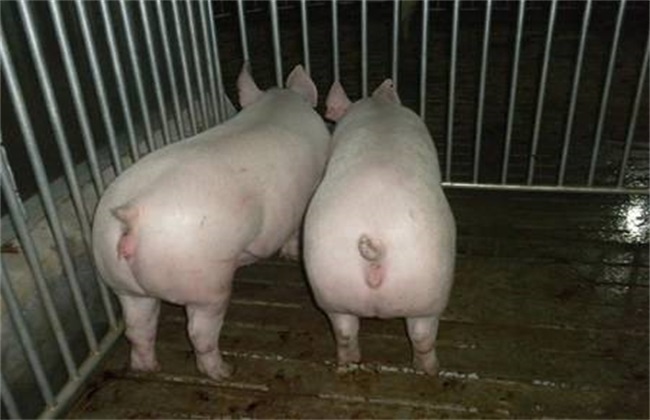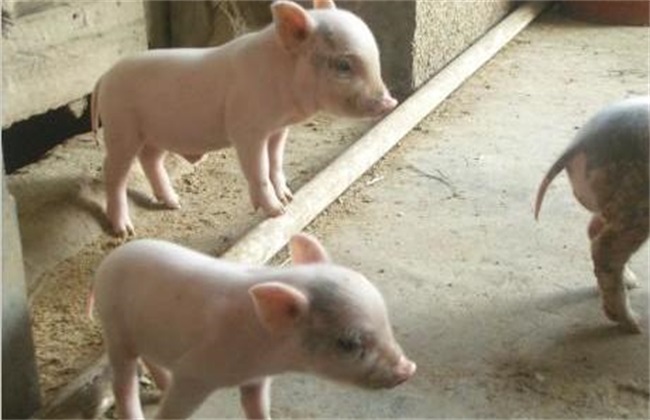How to improve the disease resistance of chicks in winter
As one of the most common poultry in China, chickens are raised all over the country. When raising chickens, the raising of chicks is very important. Especially in winter, because the winter temperature is very low, the impact on the growth of chicks is very great, chicks are also very easy to produce a variety of diseases. So how can we improve the disease resistance of chicks in winter? The following editor will give you a brief introduction, let's have a look!
1. Chicken house management
After entering the winter, the chick house should be mainly closed to avoid leaks and vents, but also pay attention to keep the vents. To facilitate the discharge of harmful gases from the chicken house, and then in the chicken house to prepare a variety of warm equipment. After entering the winter, it is necessary to cover the doors and windows with grass curtains and other substances to improve the thermal insulation performance of the chicken house. However, because the chick house is relatively tight in winter, it is easy to produce all kinds of harmful gases, which is also very disadvantageous to the growth of chicks. It is easy to appear bronchitis, laryngitis and other diseases, so the ventilation and heat preservation of the chicken house in winter are very important.
2. Lighting control
Light is very critical to the development of chicks, appropriate light can ensure the normal activity of chicks and enhance the ability of disease resistance. But also can improve the food intake of chicks, to achieve the purpose of heat preservation and so on. If there is not enough light, it will delay the time of sexual maturity of chicks, which is also very important for their growth. Therefore, according to the lighting needs of the chicken body, we should control the lighting time, not too short. But not too strong, otherwise it will affect the rest of the chicks, causing the chicks to be too tired, thus reducing the speed and disease resistance of chicks.
3. Feeding density
The feeding density is closely related to the disease resistance of chicks. The feeding density should not be too large, if the density is too high, it will lead to dirty air, high ammonia content, excessive humidity and messy environment in the chicken house. There will also be fights and food grabs between chicks, which will reduce the survival rate of chicks and improve the incidence of disease. But the density should not be too small, although it is beneficial to the growth of chicks, but all kinds of chicken breeding equipment can not be fully utilized, resulting in an increase in breeding costs. Therefore, we should control the chicks at 30 / ping in the first week, and then reduce them by five per week until they are raised at 10 per level.
4. Water management
The water content in the chicken is very large, reaching about 65%, and it exists in almost every cell in the chicken body. If the dehydration of chicks seriously exceeds 10%, it will lead to dysfunction, more than 20%, then it will lead to death. Therefore, we should focus on the management of water to ensure that there is sufficient water in the henhouse and the height of the drinking fountain is maintained on the back of the chicken. Then pay attention to the water quality and change the water regularly. In order to avoid padding material getting wet, there should be padded bricks under the drinking fountain to keep the chicken coop dry. About two hours after entering the house, the chicks should begin to drink water.
The above is a brief introduction to how to improve the disease resistance of chicks in winter. That's all for today's introduction. This article is for reference only. I hope it can help you all.
Related
- On the eggshell is a badge full of pride. British Poultry Egg Market and Consumer observation
- British study: 72% of Britons are willing to buy native eggs raised by insects
- Guidelines for friendly egg production revised the increase of space in chicken sheds can not be forced to change feathers and lay eggs.
- Risk of delay in customs clearance Australia suspends lobster exports to China
- Pig semen-the Vector of virus Transmission (4)
- Pig semen-the Vector of virus Transmission (3)
- Five common causes of difficult control of classical swine fever in clinic and their countermeasures
- Foot-and-mouth disease is the most effective way to prevent it!
- PED is the number one killer of piglets and has to be guarded against in autumn and winter.
- What is "yellow fat pig"? Have you ever heard the pig collector talk about "yellow fat pig"?



